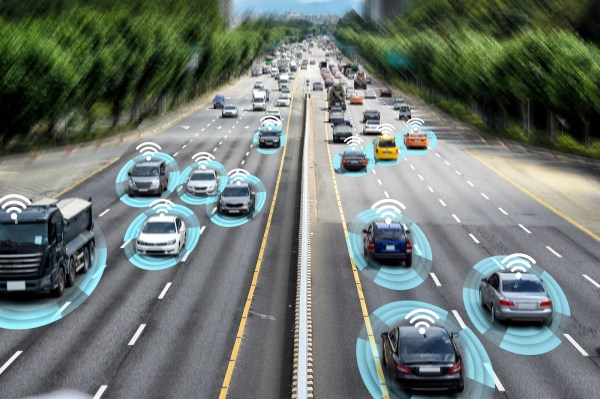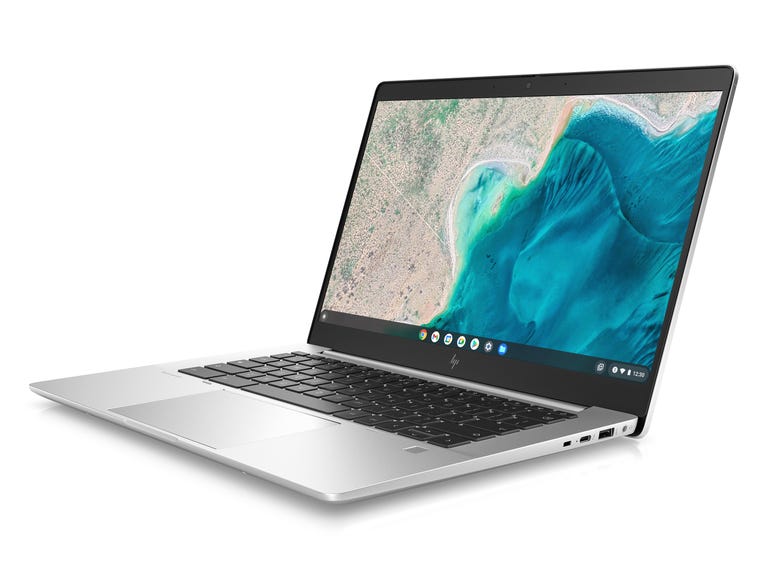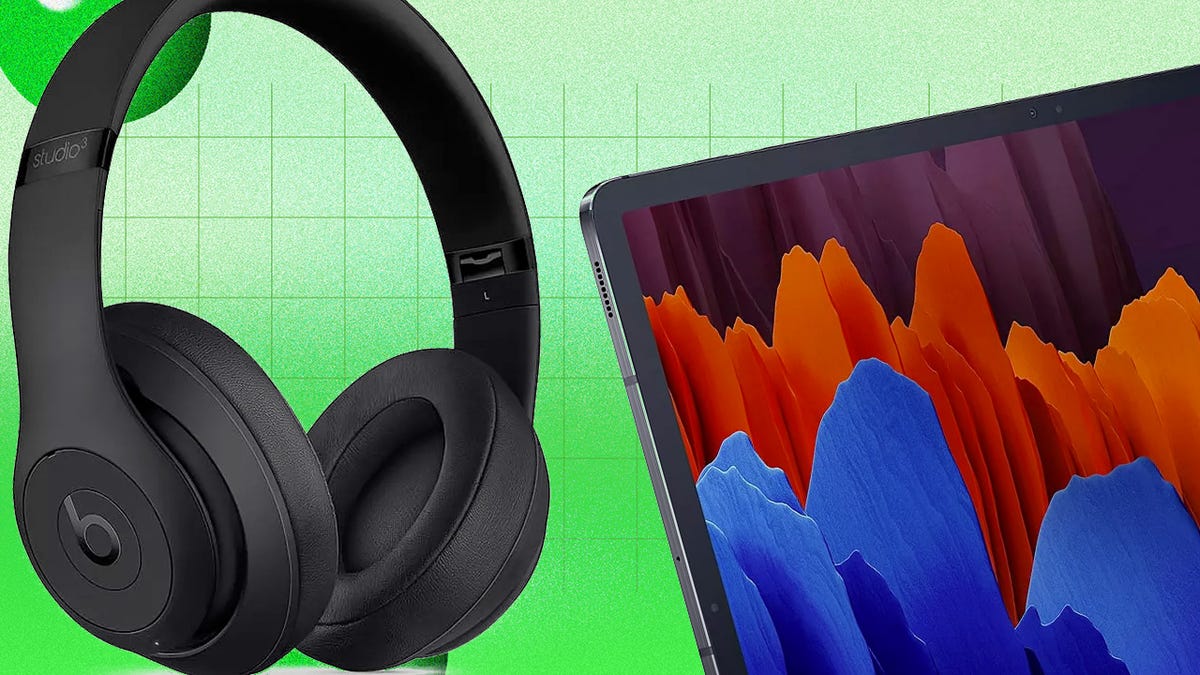Humans should drive our transit future, not autonomous vehicles – TechCrunch

Just like the pilots in command of a highly automated aircraft, human operators must be onboard all passenger transport vehicles no matter their level of automation. Congress has a chance to affirm this safety standard as it debates an appropriate federal response to the rapid and hasty emergence of largely unregulated autonomous vehicle (AV) technologies.
Every day, in transit systems across America, frontline workers safely operate buses, trains and vans. They respond to emergencies, ensure accessibility for the disabled and elderly, and keep passengers as safe as possible during a deadly pandemic. These workers are trained to perform these duties simultaneously while driving vehicles filled with passengers.
No level of automation can replace them, even as some in the tech industry claim they can eliminate the human operator in “fully” autonomous vehicles. This is a dangerous idea that Congress and the Biden administration must take off the table.
Transportation workers are committed to being on the frontlines of evolving transportation technologies. For us, innovation is a way of life; we’ve helped to implement decades of next-generation vehicles and systems. But what we’re seeing today isn’t just about innovating – it’s about disseminating unproven, poorly regulated driverless vehicles on our roads.
The tech and corporate interests flooding communities with these vehicles are simply not being held to the highest safety standards or facing rigorous federal oversight and enforcement. That must change.
A highly automated vehicle in commercial settings should never eliminate the qualified onboard operator, any more than we would allow autopilot features in commercial aircraft at 30,000 feet to eliminate pilots in the cockpit.
The AV industry’s business pursuits are designed around a single objective: to chase sales and profits without facing proper federal regulatory scrutiny or meeting important safety data transparency standards. These companies are evading the conversation in the light of day about whether their AV technologies are safe, undermining transit users or the public interest, meeting important equity objectives, or eliminating good, union jobs. The burden is on them to prove their value.
Nevertheless, we must have that conversation and enact strong policies before our government approves the widespread placement of these vehicles on our roads or in our transit systems.
In AV pilot programs today, some companies even refer to the drivers they plan to eventually phase out as a “monitor” rather than an operator. This is an insult to the workers and a ruse for passengers. They are not monitors, but rather professionals who are there to ensure the trip is safe. A highly automated vehicle in commercial settings should never eliminate the qualified onboard operator, any more than we would allow autopilot features in commercial aircraft at 30,000 feet to eliminate pilots in the cockpit. Any new AV law Congress passes must mandate a human operator aboard all passenger transit operations.
Legislation must also mandate federal government action with clear timelines to regulate how or whether AVs are deployed. These dictates must establish a foundation for ensuring driverless vehicles meet the highest safety standards. They must require the vehicles that are deployed be equipped with human intervention and control capability in the wake of a high-profile dispute between the National Transportation Safety Board and Tesla over the company’s claims about “full self-driving” features. And they must tighten up standards and place hard limits on the Department of Transportation’s issuance of waivers and exemptions from federal vehicle safety requirements. Most Americans would be terrified to know that the AV experiments they see on our roads today are not subject to rigorous safety regulations.
Transportation Secretary Pete Buttigieg has taken critical steps to shift the debate away from the AV industry’s needs to the needs of workers and passengers through just-released innovation principles. Buttigieg has committed to policies that will “empower workers” by expanding access to skills, training, and “the choice of a union,” ensuring workers have a “seat at the table in shaping innovation.” This represents a sea change by centering workers and broad public benefits rather than making someone wealthy. Congress would be well-advised to adopt this approach in AV legislation.
Securing workers’ seat at the table can be accomplished with sensible policy reforms. Transit systems, with their highly unionized workforce, should be required to give advance notice to their workers when AV tests or deployments are planned. Gaining a worker perspective early on will invite valuable experience and expertise into the process and ensure AV applications are safe and not simply tools to eliminate and deskill employees.
This new approach to boost worker voice shouldn’t be an aspiration but rather a matter of explicit federal policy. It should be anchored in this committee’s AV legislation and DOT policy and managed through the labor-management negotiations process, which has always helped to address job impacts, training needs and safety, and enabled implementation of new technology.
Congress and the Biden administration have a chance to act decisively and ensure that workers and the public interest, not the profit motives of tech companies and large corporations, drive the future of AV technologies in our transit systems and on our roads.



